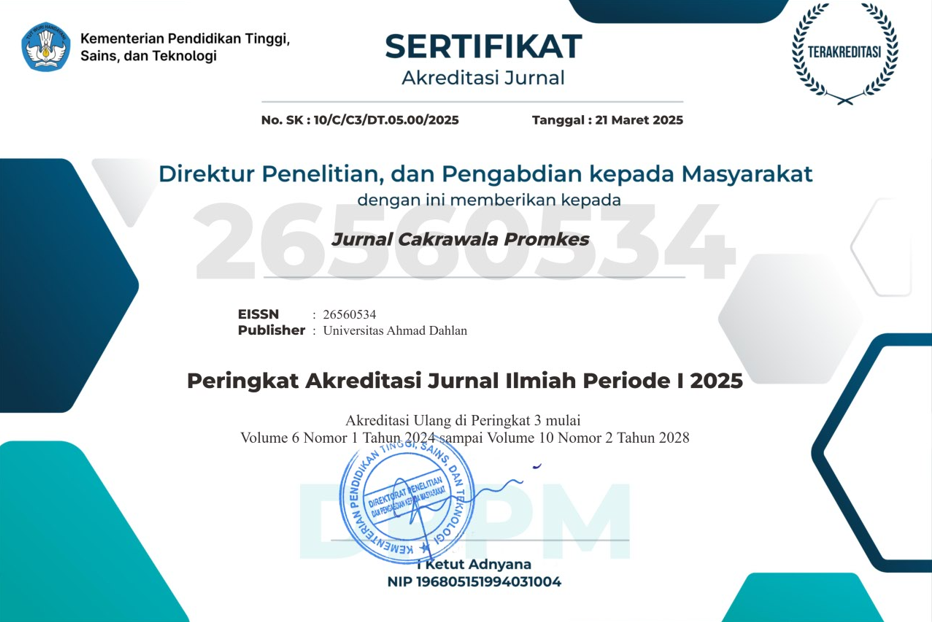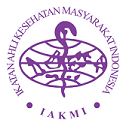Submissions
Submission Preparation Checklist
As part of the submission process, authors are required to check off their submission's compliance with all of the following items, and submissions may be returned to authors that do not adhere to these guidelines.-
Submission Preparation Checklist
As part of the submission process, authors are required to check off their submission's compliance with all of the following items, and submissions may be returned to authors that do not adhere to these guidelines.
1. The submission has not been previously published, nor is it before another journal for consideration (or an explanation has been provided in Comments to the Editor).
2. Scientific article do not contain substances of plagiarism. Articles submitted has never been published and not under consideration for publication in another journal or proceedings either in print or digital.
3. The submission file is in OpenOffice, Microsoft Word, RTF, or WordPerfect document file format. Conform to the standard of JURNAL Cakrawala Promkes template, and the text adheres to the stylistic and bibliographic requirements outlined in the Author Guidelines, which is found in About the Journal.
4. The length of the submitted paper is at least 6 pages and no more than 12 pages. Editors will evaluate if a paper is needing more than 12 pages
5. References expect a minimum of 20 references primarily with a minimum of 75% to journal papers. It used a tool ; Mendeley for reference management and formatting, and have chosen the Vancouver Style.
6. If submitting to a peer-reviewed section of the journal, the instructions in Ensuring a Blind Review have been followed.
7. If the author requests withdrawal of his/her manuscript when the manuscript is still in the peer-reviewing process, the author will be punished as the withdrawal penalty to the publisher. However, it is unethical to withdraw a submitted manuscript from one journal if accepted by another journal.
Copyright Notice
Authors who publish with JCP: Jurnal Cakrawala Promkes agree to the following terms:
- Authors retain copyright and grant the journal the right of first publication with the work simultaneously licensed under a Creative Commons Attribution License (CC BY-SA 4.0) that allows others to share the work with an acknowledgment of the work's authorship and initial publication in this journal.
- Authors are able to enter into separate, additional contractual arrangements for the non-exclusive distribution of the journal's published version of the work (e.g., post it to an institutional repository or publish it in a book), with an acknowledgment of its initial publication in this journal.
- Authors are permitted and encouraged to post their work online (e.g., in institutional repositories or on their website) prior to and during the submission process, as it can lead to productive exchanges, as well as earlier and greater citation of published work.

This work is licensed under a Creative Commons Attribution-ShareAlike 4.0 International License











